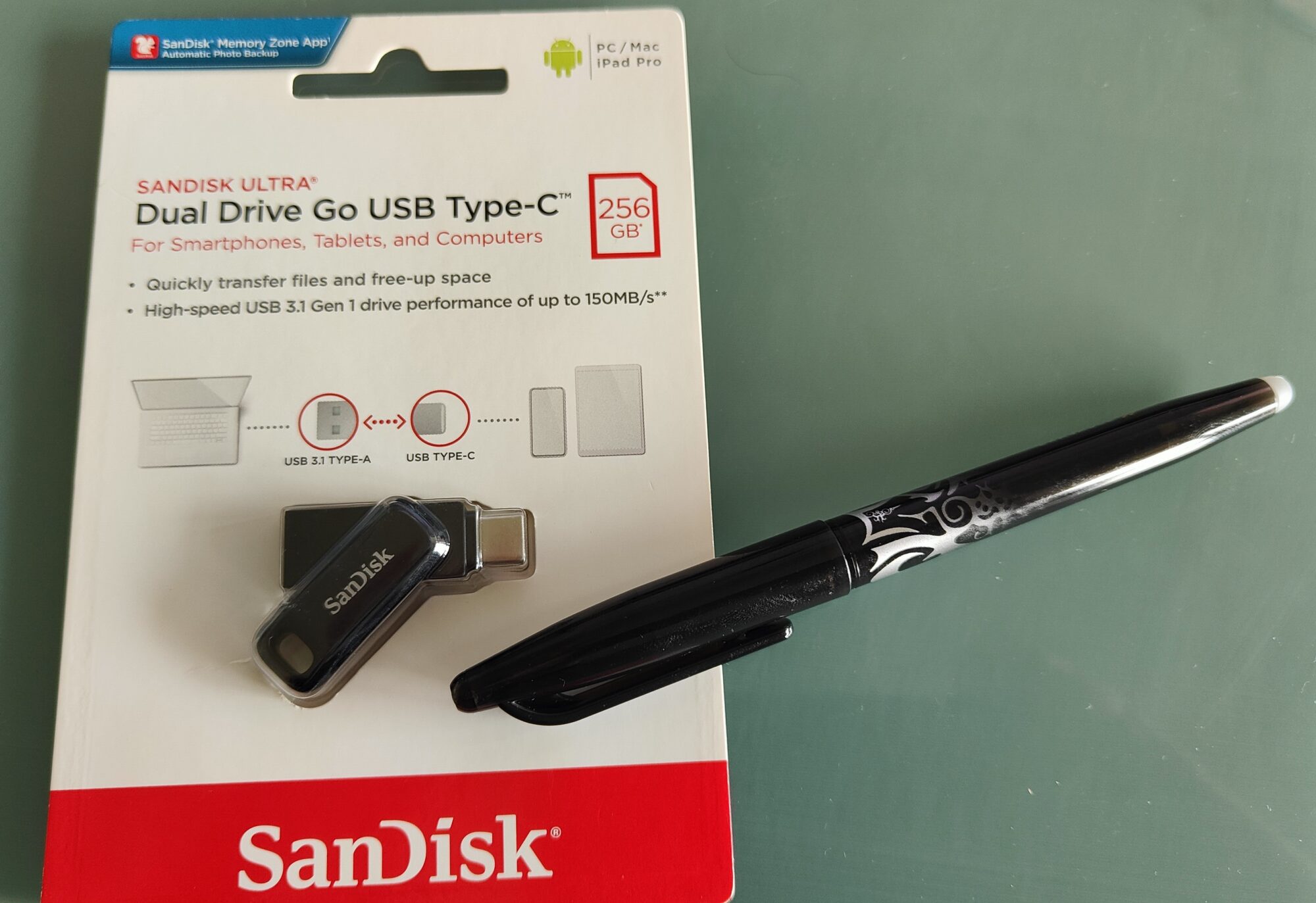Dining out remains an indispensable part of the Australian social life but consumers are becoming more strategic with their spending due to rising costs. Budget-conscious consumers are driving new dining preferences and this behaviour is creating opportunities for casual dining restaurants. Value-driven meals with healthy options that seamlessly integrate into a consumer’s modern, fast-paced lifestyle are taking priority.
With tighter household budgets, consumers are limiting their premium dining experiences and prioritising casual and mid-range dining options. On average, an Australian diner eats out 38 times a year with 54% of consumers between the ages of 16 to 24 eating out at least once a week[1].
Takeaway and delivery continue to compete with dine-in experiences, as consumers prioritise convenience for fast, seamless and cost-efficient takeaway and delivery options, however, there’s a shift in the dynamics of delivery versus takeaway. Takeaway is resurging, particularly for the budget-conscious consumer avoiding high delivery fees. The average diner orders takeaways to pick up in person on average 32 times a year whereas delivery orders average 28 times a year.[2]
Observing the shift in consumer behaviour, Jun Lee, Executive Director of Gami, said, “For a restauranteur, budget-conscious dining is about understanding the market and making informed choices with menu options that reflect the consumer’s demand for authentic flavours and quality meals at good value prices.”
“With people watching their wallets and seeking convenient meals, Gami has positioned itself perfectly to meet evolving consumer preferences with our authentic, flavoursome Korean cuisine that makes Gami a modern Korean dining destination. Interesting menu options, exclusive offerings, experiential dining, easy and fast takeaway ordering, and the convenience and approachability of fast-casual dining are ideal for busy customers looking for quick service and high-quality, customisable meals,” he added.
Lee said that the increasing demand for Korean cuisine in Australia, fuelled by the global phenomenon of K-pop, Korean dramas, and the cultural wave known as Hallyu, has certainly helped Gami’s Korean Delights growth, which has seen an 18% increase year on year. “The continued rise of K-culture in Australia has created a wonderful platform for us to introduce our offering to mainstream markets. We aim to make quality Korean food accessible, convenient, and a favourite of every household.”
Providing consumers with a healthier, wider taste of Korea, Gami recently introduced a new menu comprising of healthy and balanced Korean-inspired dishes, including Seoul Tteokbokki, Beef Bulgogi Hotpot, Cupbab, Bibimbap, Gochujang Chicken, and Chicken Skewer Plate. Designed to align with modern dietary preferences while preserving authentic Korean flavours and traditions, these menu additions have resonated with health-conscious diners. Their popularity has driven a notable increase in sales and reinforced the brand’s reputation for culinary innovation.
“This year will see Gami introducing even more Korean meals with exciting combinations of tastes, blending authentic flavours with modern appeal, along with pairing suggestions, set menu options and combo deal promotions,” said Lee. “For us, menu innovation is more than adding dishes, it’s about offering something consumers can’t find anywhere else. An example of this is our Korean Delights menu options, which offer street food appetisers similar to what you’d find in the markets in Korea. These dishes have been extremely popular as an extension of our Korean Chicken offering, and we’ll continue to evolve menu options to surprise and delight our customers. Whether it’s our Korean Classics, new shared meals, or scrumptious desserts, every offering is designed to reflect our commitment to quality and authenticity.”
Beyond the menu, Gami is reimagining the dining experience through dynamic restaurant design. The brand is creating spaces that feel vibrant, welcoming, and modern while still honouring its Korean heritage. Consumers can expect immersive dining experiences, such as themed pop-up events, multi-sensory dining, and unique tasting menus. Gami’s loyalty program, which plays a key role in customer engagement, will also be enhanced with exclusive rewards for diners actively seeking value-driven offers.
“For Gami, 2025 is about delivering more – more flavour, more innovation, and more reasons for customers to keep coming back. From bold, locally sourced ingredients to creative new ways to personalise the dining experience, Gami is focused on pushing boundaries with staying true to its roots. With continued investment in loyal fans and a growing appetite among adventurous foodies, Gami is ready to serve up a year of exciting change,” said Jun.
Founded in 2006, Gami Chicken combines authentic Korean family recipes with the vibrant energy of Melbourne’s laneway culture. Over the past two decades, it has gained a loyal following across Australia, growing to 30 locations nationwide.
For more information visit www.innoveilgami.com.au
